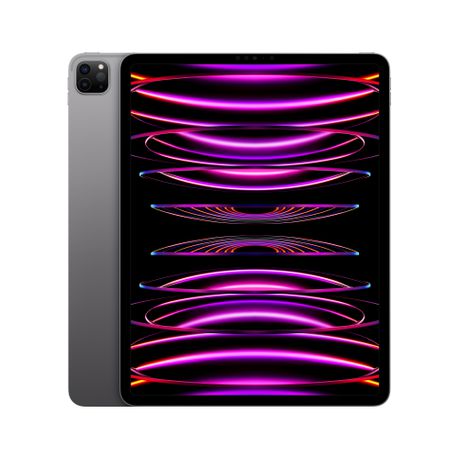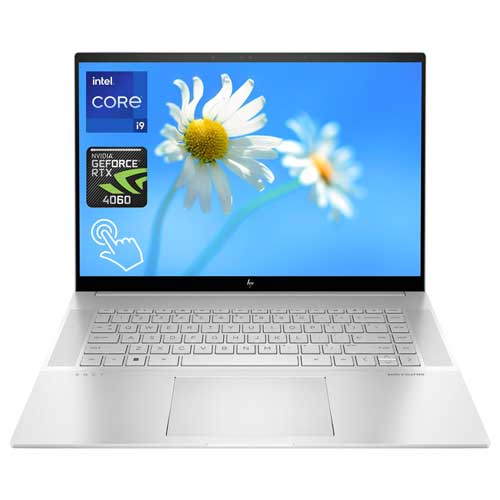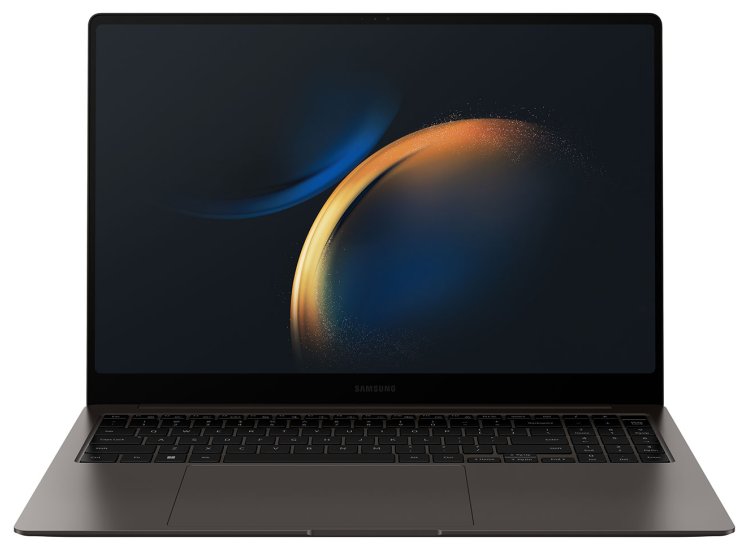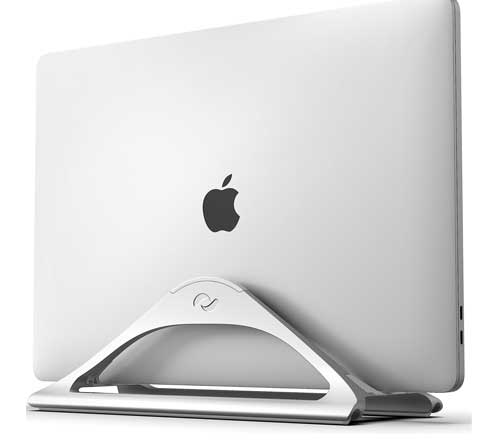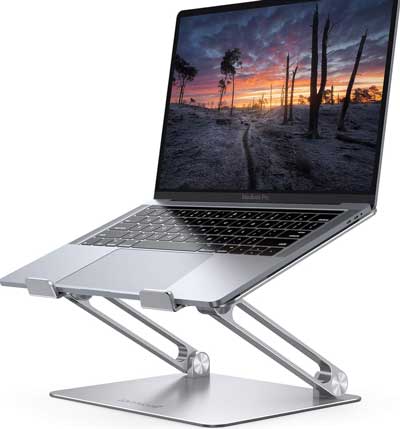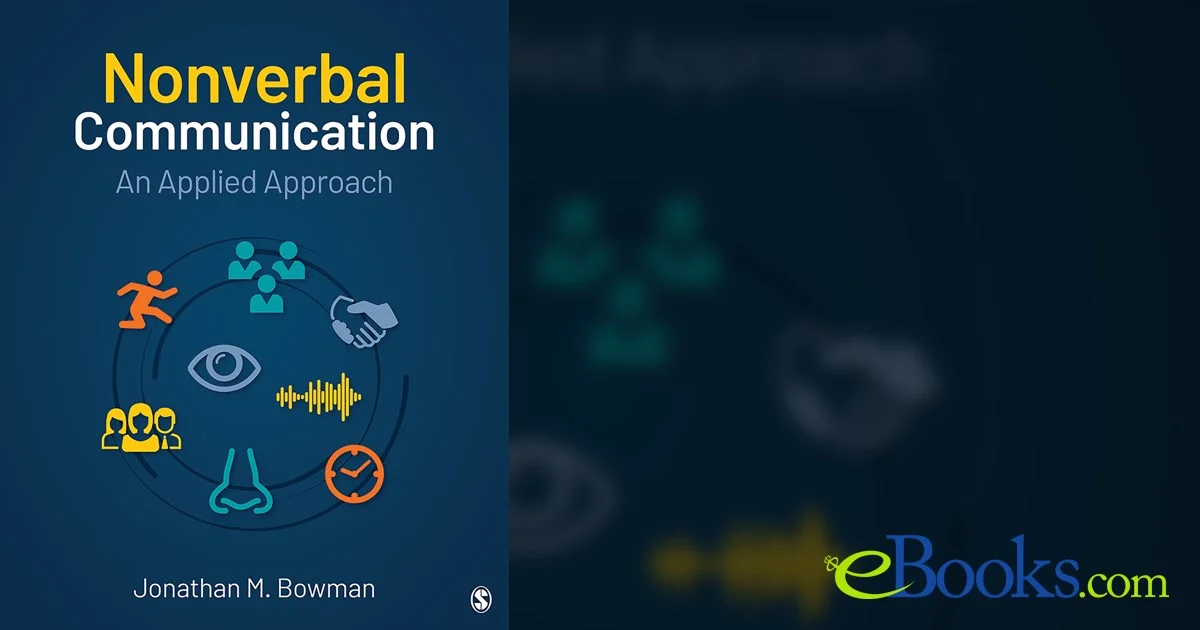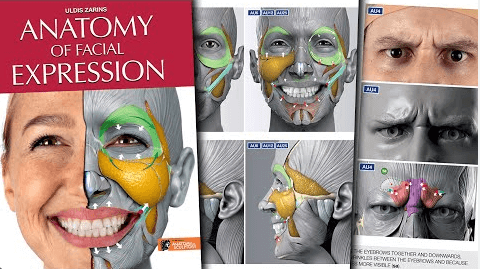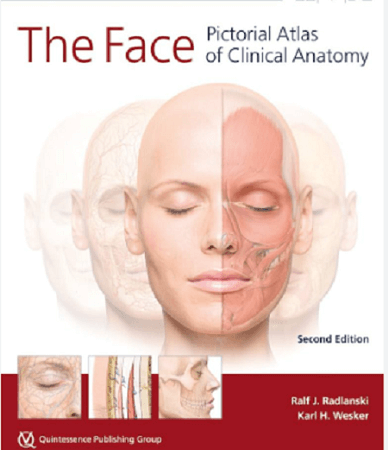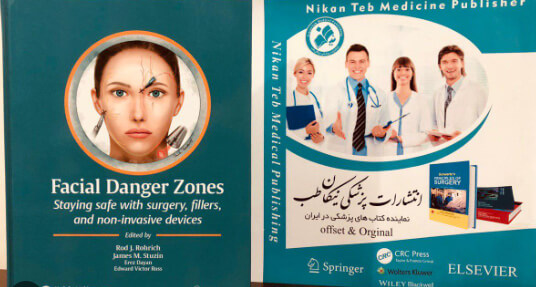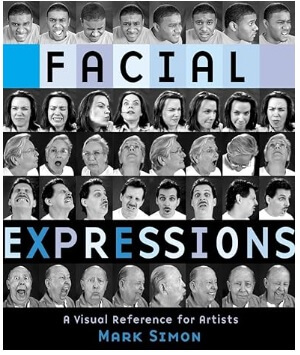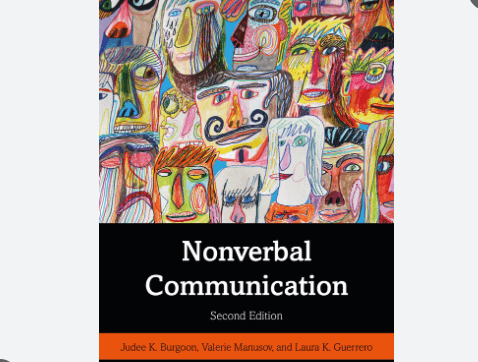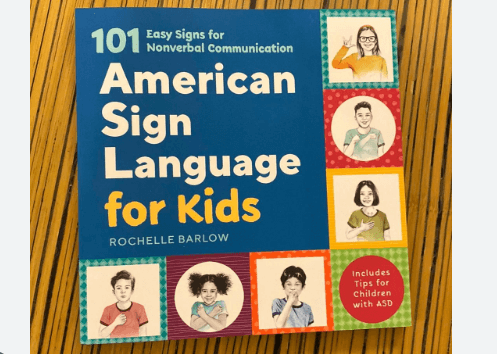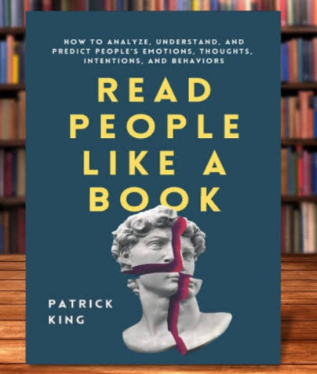Inflection
What is Inflection?
Inflection is concerned with the forms of ending lexemesOpens in new window can take to show grammatical properties. In other words, It refers to the extra letter or letters added to the endings of nouns, verbs and adjectives to show different grammatical forms.

- Article graphics | Credit Internet
For example, the endings of the noun lexeme, dog are dog and dogs (showing number), and the endings of the verb lexeme play are play, plays, played, and playing (showing tense). The endings on these words (–s, –ed, –ing) are known as affixes. More specifically they are called inflectional suffixes.
Inflectional Suffixes
The English language has eight inflectional suffixes: two with nouns, four with verbs, and two with adjectives. These are discussed below:
The plural suffix
This is also known as plural morpheme; it is symbolized as { –s1}, e.g., bags, books, offices, apartments. In spelling it is either [–es] or [s], e.g, church+es, car+s. In pronunciation, it is either /ɨz/ after sibilants, /s/ after voiceless sounds, or /z/ after voiced sounds, e.g., bus +/ɨz/, book + /s/, door +/z/. These three are allomorphs of { –s1}.
The possessive suffix
This is symbolized as {–S2}. In spelling it is either ’ or ’s, e.g., the girls’ book, the girl’s book. In pronunciation, there are four varieties: /ɨz/, /s/, /z/, and /∅/, i.e., zero, e.g., George+/ɨz/, Dick+/s/, John+/z/, Jesus +/∅/, respectively, spelled as George’s, Dick’s, John’s, and Jesus’. These four are called the allomorphs of {–S2}.
The present–simple suffix
This is symbolized as {–S3}. In spelling, it is either [es] or [s], e.g., go+es, walk+s. In pronunciation, it is /ɨz/, /s/, /z/, e.g., wash+/ɨz/, speak+/s/, learn+/z/. These three forms are called allomorphs of the present–simple morpheme.
The past suffix
This is also known as past morpheme; it is symbolized as {–D1}, e.g., hesitated. In regular spelling, it is [ed], e.g., want+ed, learn+ed, call+ed.In pronunciation, it is either /ɨd/, /t/, or /d/ as in wanted, passed, and cleaned, respectively. These three forms are called allomorphs of {D1}.
The past participle suffix
This is identified with the symbol {–D2}, e.g., cleaned. In regular spelling, it is [ed]. In pronunciation, it is either /ɨd/, /t/, or /d/, identical with {D1}. These three forms are called allomorphs of {D2}.
The progressive suffix
This is also known as present participle suffix (or morpheme); it is identifiable with the {–ing} symbol. In spelling, it is always [ing], and in pronunciation, it is always /–ɨŋ/.
The comparative suffix
This is a suffix or morpheme identifiable with the symbol {–er} , and pronounced as /ər/. It is added to an adjective in the positive degree to make the adjective in the comparative degree, e.g., bigger, brighter.
The superlative suffix
This is symbolized as {–est} and pronounced /ɨst/, added to a positive–degree adjective to make a superlative adjective, e.g., biggest, brightest.







